Just a short walk from the Gojo Bridge, site of the warrior-monk Benkei’s fateful 1,000th duel, there is a typically unassuming Kyoto side street that runs quietly between rows of two-story machiya houses. Here, amongst the tastefully subdued and organic ambiance of these earthwork, wood, and koshi latticed frontages, is the former home and studio of Kanjiro Kawai 河井 寛次郎 the personally humble but rightfully celebrated potter, philosopher, craftsman, and poet.
Kawai’s self-made sanctuary, preserved as a memorial to his quietly expressive existence, is open to the public, offering visitors the chance to step into the creative haven of this deeply committed artist. Colorful and calm in equal measure, this beautiful museum has a still-tangible atmosphere of Kawai’s thoughtfulness and satisfaction in simplicity that is inspiring to take in.
A New and Important Figure
Born in what is now Yasugi City, Shimane Prefecture, in 1890, Kanjiro Kawai began his study of ceramics at the Tokyo Institute of Technology in 1910. Until this period, systems of apprenticeship marked by rigidly observed master-and-disciple relationships had been the only path to a creative career in Japan, and the study of crafts in a purely educational setting was a new and somewhat against-the-grain idea. Kawai’s training under Itaya Hazan 板谷波山, the pioneering ceramicist known for blending Japanese techniques and Art Nouveau stylings, placed him amongst the first members of a new generation of academically trained Japanese artists and craftspeople.
Exhibiting his work in 1921 at the prestigious Takashimaya department stores in both Tokyo and Osaka, Kawai received extensive acclaim for both the style and technique of his impressive creations. The artist’s scientific research, conducted at the Kyoto City Ceramic Research Center, had inspired the use of new methods in creating these Chinese and Korean-influenced pieces which won him immediate recognition as a new and important figure in contemporary Japanese ceramics.
This early career success, however, triggered something of a creative crisis-of-confidence in Kawai, who began to question the quality and validity of his own work. A visit to an exhibition of Yi Dynasty ceramics, where he was deeply struck by the simple and even practical beauty of works made by anonymous craftspeople, awakened in him a new sense of purpose, leading to a change in his artistic ambitions and a move towards work with a timeless and meaningful authenticity.
A Return From the Artistic Wilderness
The inherent beauty of simply crafted utilitarian items constructed with natural materials, and for the most part the work of unnamed craftspeople, was the cornerstone of a then-burgeoning artistic movement centered around the art critic and philosopher Soetsu (Muneyoshi) Yanagi 柳宗悦. Giving new focus to Japan’s own cultural heritage, mingei, which may be translated as “folk art,” was the name used by Yanagi for this category of handmade artisanal ceramics, carvings, or textiles with their instantly recognizable unshowy-but-elegant and somewhat roughhewn style.
Becoming influential through his membership in the Shirakabaha 白樺 (White Birch) literary society, an idealistic assortment of young and creative minds connected to the Gakushuin School, Yanagi’s ideas were given free rein through the group’s eponymous magazine. This hugely influential monthly journal which covered many philosophical and artistic topics, helped incubate interest in Yanagi’s ideas and addressed subjects including the Western arts and crafts movement and the then-under-appreciated work of domestic craftspeople.
Followers and like-minded associates of Yanagi included the charmingly colorful printmaker Shiko Munakata 棟方 志功, the textile designer Keisuke Serizawa 芹沢 銈介 (designated as a Living National Treasure), and the “Father of British studio pottery” Bernard Leach. But the movement was, for the main part, molded into shape by its core trio of Yanagi, the potter Shoji Hamada 濱田 庄司 (also designated a Living National Treasure), and Kanjiro Kawai.
Right: Muneyoshi Yanagi photographed by Shigeru Tamura. Photo: Wikimedia
It was his important place amongst this group and his shared role in helping to codify the mingei concepts of authentic creation that gave Kawai the impetus to finally make work that gave him personal satisfaction. Making a return from the artistic wilderness, in 1929 he staged a solo exhibition at Takashimaya in which he showed works of uncomplicated and everyday beauty. In keeping with the movement’s admiration for the labor of anonymous craftspeople, he no longer added his name to his work.
A Spirit of Simple Authenticity
Kawai’s home and studio in Kyoto, completed in 1937, was based on the traditional structures of his hometown and designed to incorporate a noborigama (climbing) kiln. Featuring a series of cave-like enclosures sequenced along an incline, this style of kiln uses gravity to ensure an even temperature when firing. It is especially good at providing a uniformly satisfactory finish to glazed ceramics, a feature thereafter of Kawai’s often cheerfully colorful work.
It was here that Kawai chose to live out the days of his intensely productive life, moving eventually away from strict adherence to making purely ‘useful’ objects and embracing more abstract sculptural forms. His restless, creative spirit never left him. As well as experimenting with new methods of glazing, he also became a keen woodcarver and wrote a great deal of poetry. It was completely in character that, in later life, Kawai refused the Japanese Order of Culture, membership in the Japan Art Academy, and declined to become a Living National Treasure.
The artist’s surprisingly spacious dwelling is decorated in an appropriately down-to-earth style with natural colors and wooden fixtures throughout. Light filters through shoji windows from the simple garden, where, in season, wisteria grows. Today, every corner of the house is used as a colorful showcase for Kawai’s personal possessions and his exquisitely irregular works. This charmingly casual and decidedly non-grand style of display is perfectly suited to objects that were formed in a spirit of simple authenticity. It allows for a straightforward sensual appreciation of their beauty, a concept that would surely have won the approval of their creator.
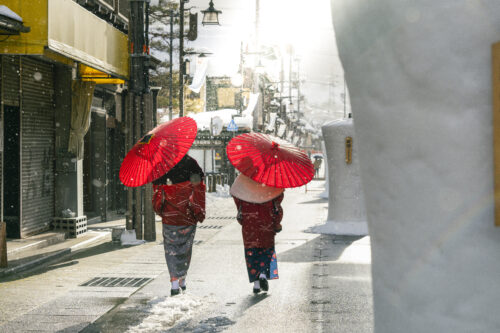

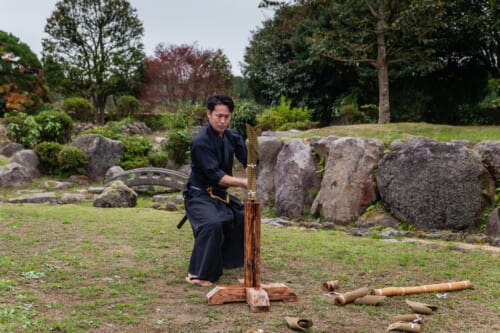
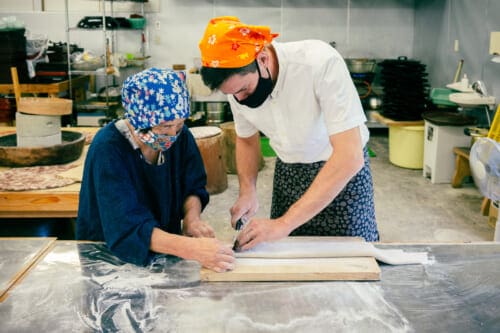
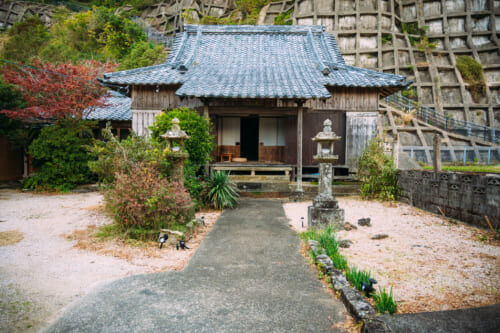


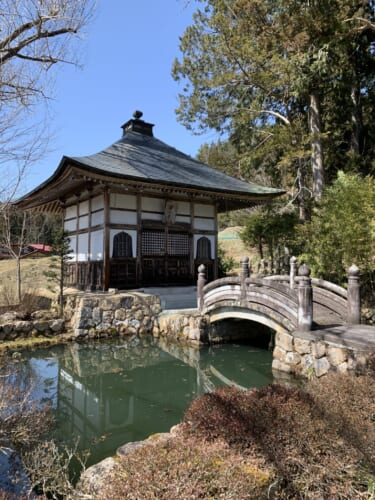


No Comments yet!